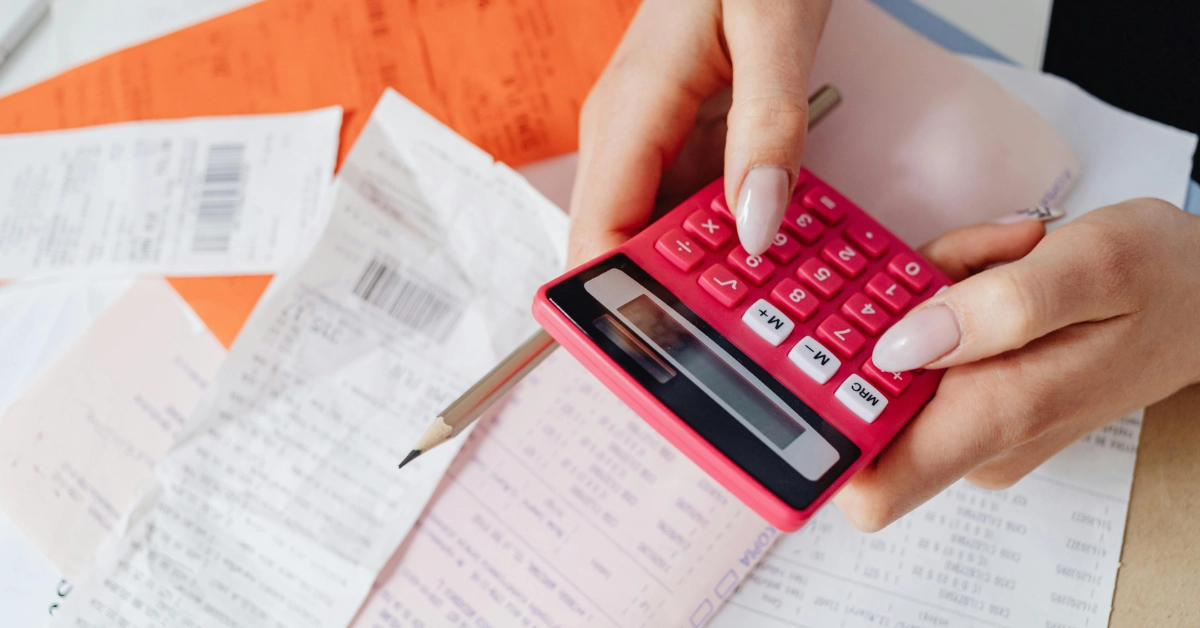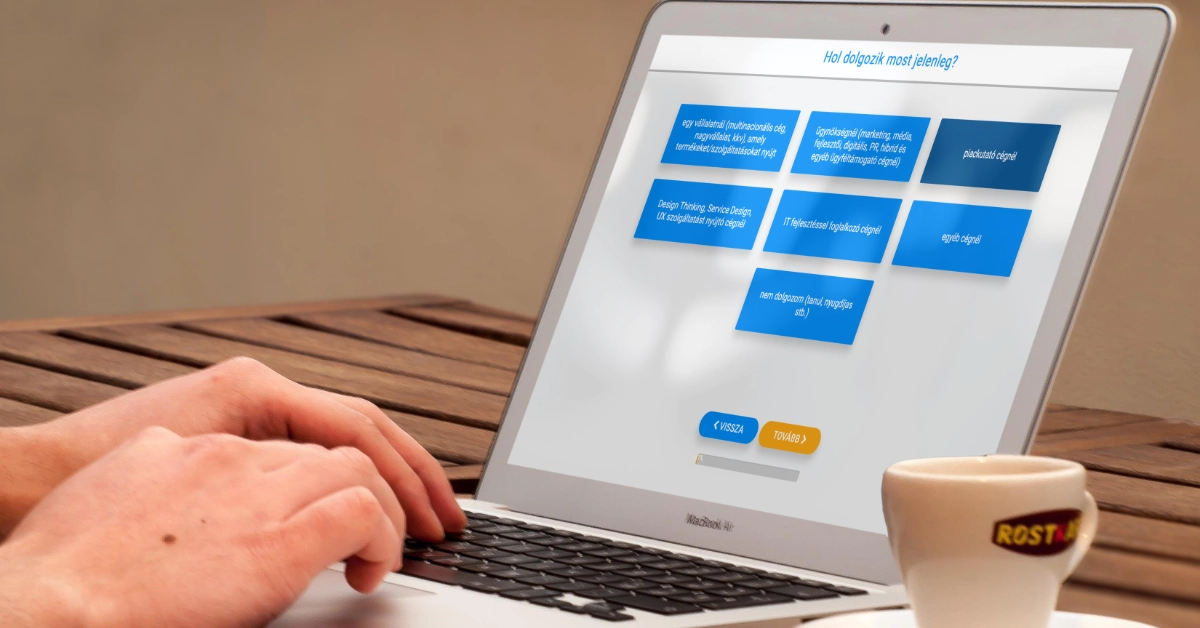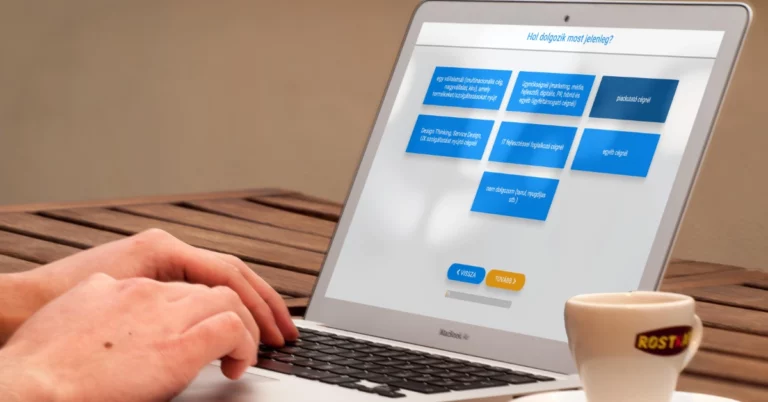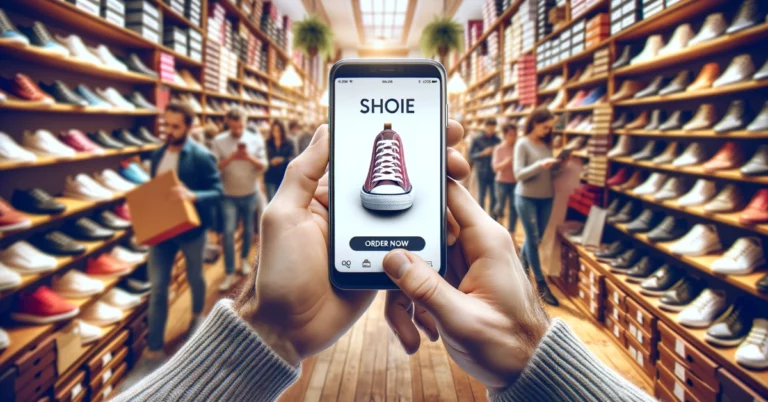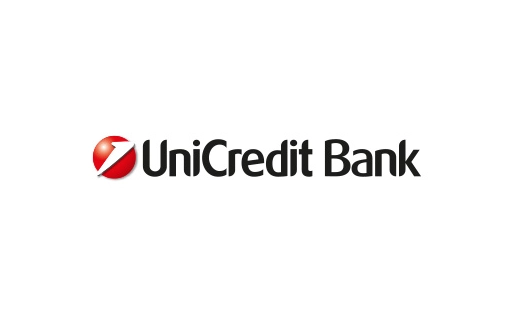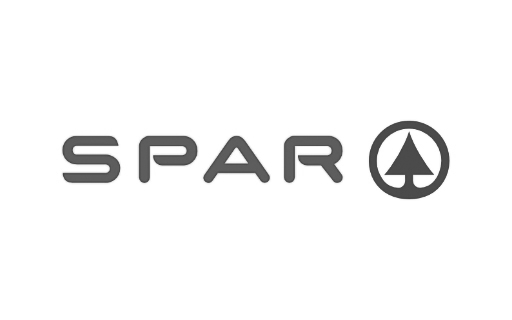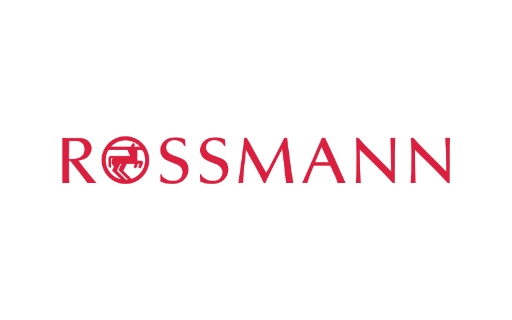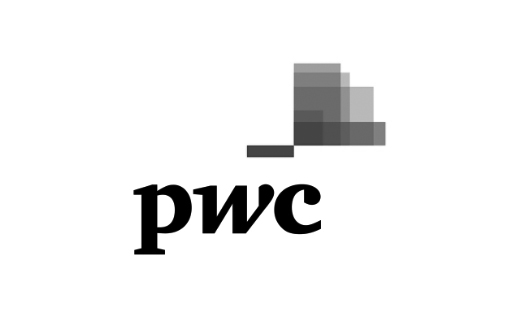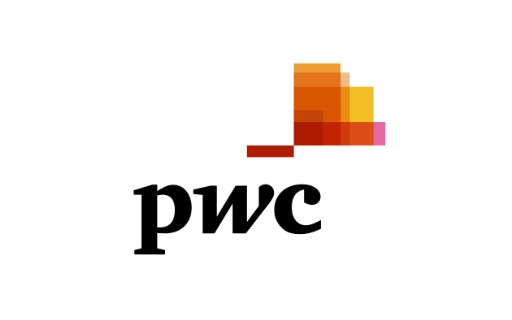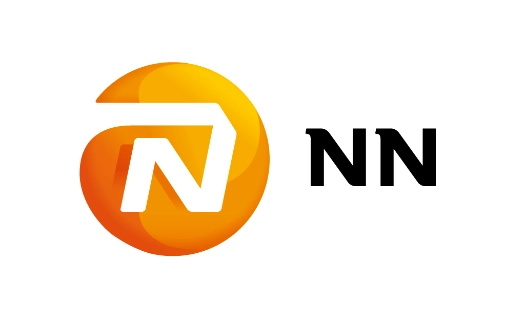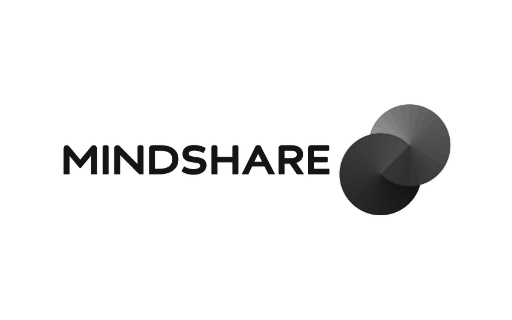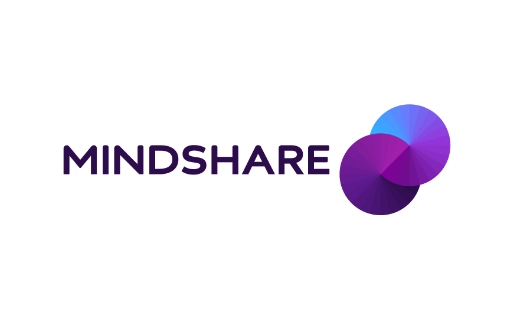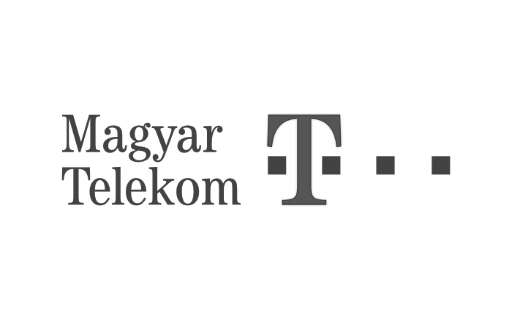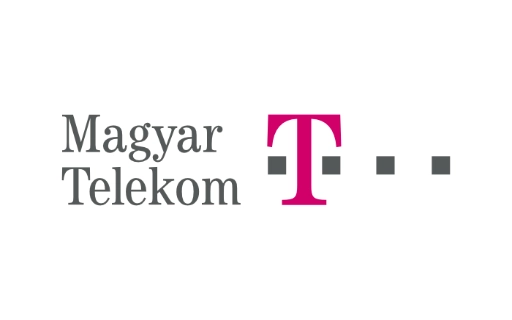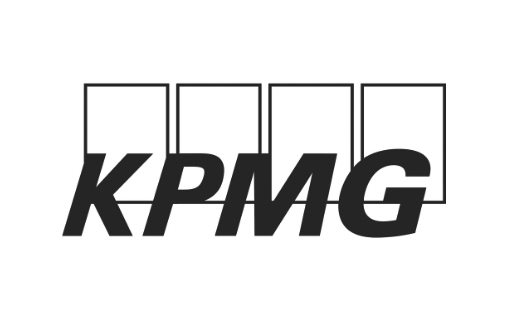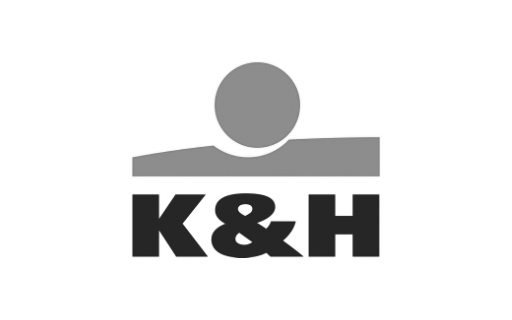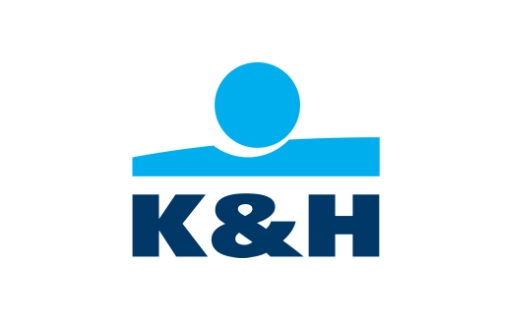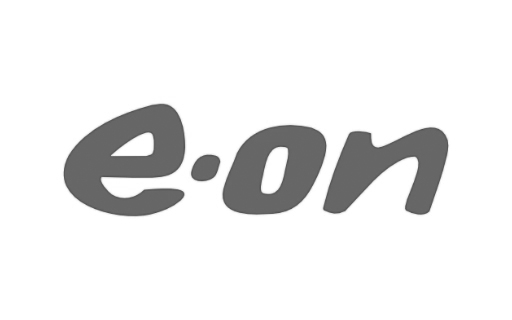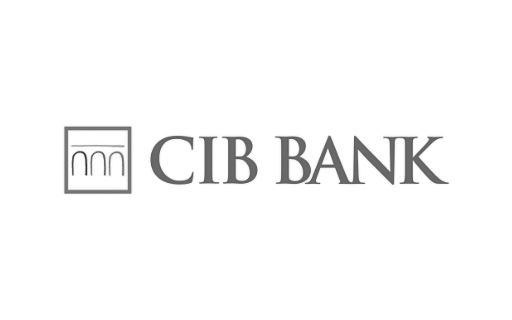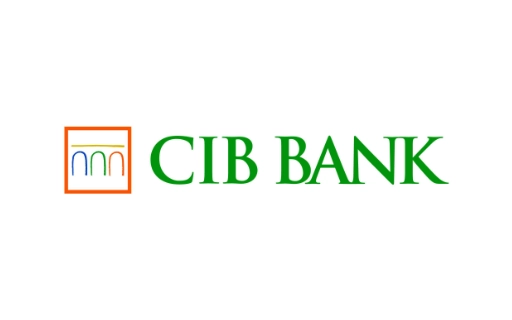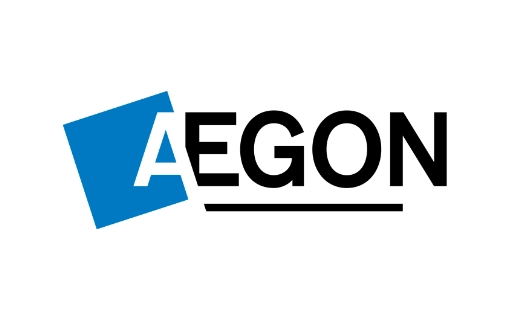*****
Our media research was published in the Autumn 2015 Marketing Research magazine. Order now NRC's free professional magazine, which is also sent to corporate subscribers by post.
*****
Just over a fifth of the 3.31 million people who use small screens to surf the internet, 750,000 people, have made a purchase on their device in the past year. While some of these purchases were for an app or content (music, movies) downloaded to the device, the majority (also) ordered products and services that could have been purchased on a desktop or laptop - or even in a traditional way: in a shop - so smartphones and tablets are an alternative to other devices. Of course, if we consider that nearly three quarters of those who use the internet on a small screen have bought something online, it is clear that the majority of them do not yet use the devices in their pockets for this purpose.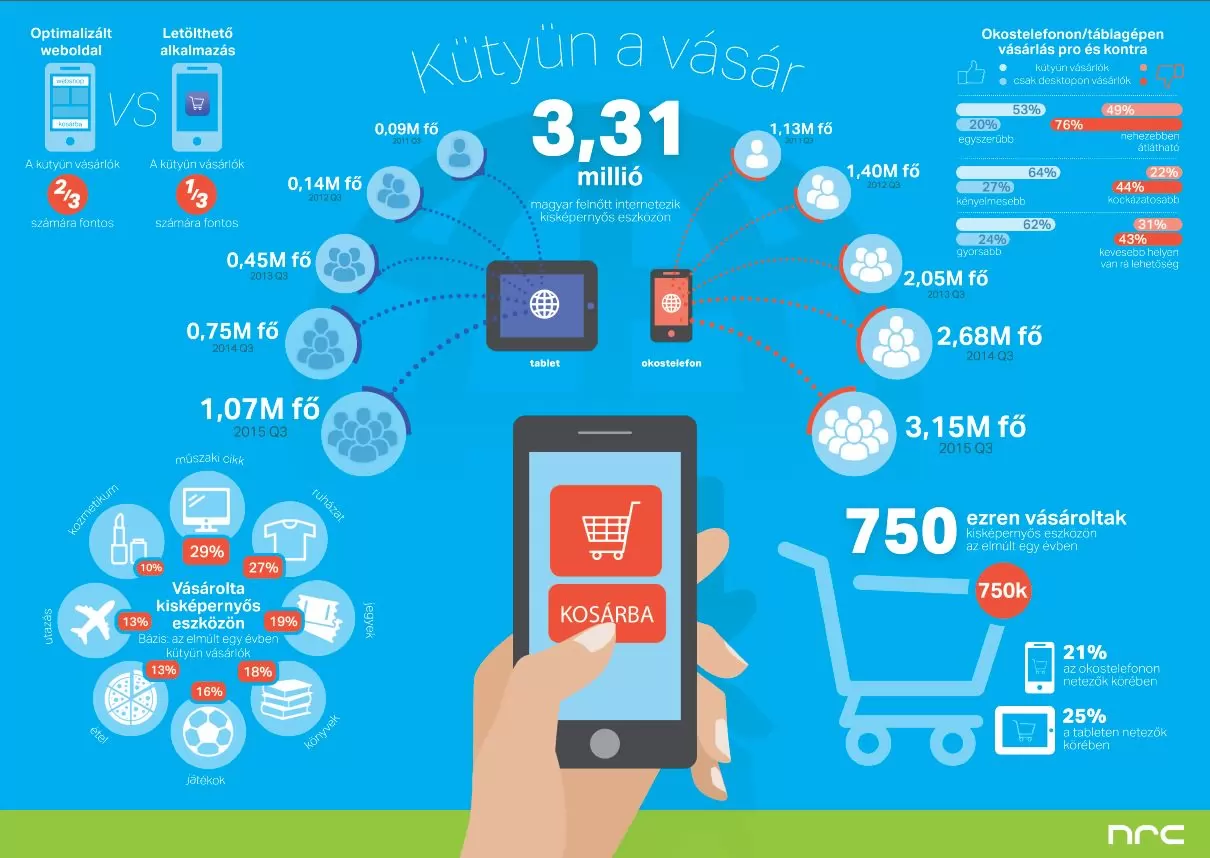 But there are many advantages to shopping with a gadget: nearly two-thirds of people who use a gadget feel that it is more convenient or faster than using a computer, and half agree that the process is easier. The biggest problem with small-screen shopping is that it is often more difficult to see - a view shared by one in two of those who shop on a device, and three in four of those who don't agree. So this is clearly the most important barrier to more people trying it, and also to those who have already tried it buying it more often. Moreover, those who do shop on a gadget tend to see the benefits, while those who have not are clearly focused on the drawbacks: more than two fifths, for example, see it as risky, while among those who do shop, this is the statement they agree with least. One might wonder, of course, where the opinions of those who have never bought a smartphone come from. Well, there are obviously many people who rely on their imagination or what others have told them, but there are also many who have already had experience. It's not uncommon for a gadget owner to check out a product on a small screen device that's right at their fingertips, but then make the purchase on a computer: 58% of desktop-only shoppers have done so recently, but - perhaps more interestingly - 49% of those who bought on a gadget have also done so. Even more thought-provoking is the phenomenon where someone picks up a touchscreen device with the intention of making a purchase on it, but ends up abandoning the process and completing it on a computer or laptop. This has already happened to one third of people who do not use their gadgets - nearly 900,000 people. These are the people who already have (or at least had) the inclination to buy a gadget, but have been put off by something - most often the difficulty of using it.It is not surprising then that the vast majority of small screen shoppers want the shopping interface of an online store or marketplace to look good on these devices. This does not necessarily require a separate app (only one in three shoppers consider this to be essential); a mobile-optimised website may be sufficient, and this is what is most important.And how important it is for an online shop to be user-friendly on a smartphone or tablet is shown by the fact that one in six of all shoppers who buy on a device have made a snap decision to order something that they later - on second thought - might not have bought. Clearly, while an easy-to-use interface encourages impulse purchases, an online store that doesn't invest in a small-screen experience will lose more and more customers - and shoppers - over time. Media research here!
But there are many advantages to shopping with a gadget: nearly two-thirds of people who use a gadget feel that it is more convenient or faster than using a computer, and half agree that the process is easier. The biggest problem with small-screen shopping is that it is often more difficult to see - a view shared by one in two of those who shop on a device, and three in four of those who don't agree. So this is clearly the most important barrier to more people trying it, and also to those who have already tried it buying it more often. Moreover, those who do shop on a gadget tend to see the benefits, while those who have not are clearly focused on the drawbacks: more than two fifths, for example, see it as risky, while among those who do shop, this is the statement they agree with least. One might wonder, of course, where the opinions of those who have never bought a smartphone come from. Well, there are obviously many people who rely on their imagination or what others have told them, but there are also many who have already had experience. It's not uncommon for a gadget owner to check out a product on a small screen device that's right at their fingertips, but then make the purchase on a computer: 58% of desktop-only shoppers have done so recently, but - perhaps more interestingly - 49% of those who bought on a gadget have also done so. Even more thought-provoking is the phenomenon where someone picks up a touchscreen device with the intention of making a purchase on it, but ends up abandoning the process and completing it on a computer or laptop. This has already happened to one third of people who do not use their gadgets - nearly 900,000 people. These are the people who already have (or at least had) the inclination to buy a gadget, but have been put off by something - most often the difficulty of using it.It is not surprising then that the vast majority of small screen shoppers want the shopping interface of an online store or marketplace to look good on these devices. This does not necessarily require a separate app (only one in three shoppers consider this to be essential); a mobile-optimised website may be sufficient, and this is what is most important.And how important it is for an online shop to be user-friendly on a smartphone or tablet is shown by the fact that one in six of all shoppers who buy on a device have made a snap decision to order something that they later - on second thought - might not have bought. Clearly, while an easy-to-use interface encourages impulse purchases, an online store that doesn't invest in a small-screen experience will lose more and more customers - and shoppers - over time. Media research here!



